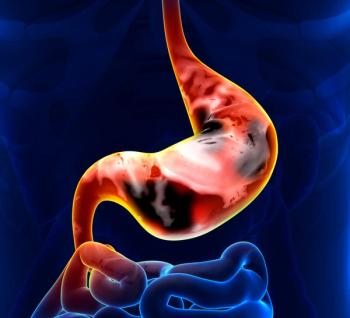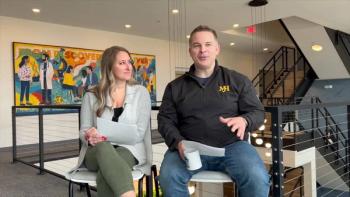
- ONCOLOGY Vol 37, Issue 1
- Volume 37
- Issue 1
- Pages: 25
Progressing From Disparity to Equity: Untangling the Complexities of Timely Care and the Rural Cancer Experience
Richard L. Martin III, MD, MPH, and Stephen Schleicher, MD, MBA, share a perspective on rural cancer care.
In the wake of increasing attention to health equity and value-based care, Nguyen et al offer a fitting study examining the timeliness of care among rural patients with breast cancer. The authors combine the results of 2 hypotheses—(1) “Is rurality associated with time to treatment initiation (TTI)?” and (2) “Is TTI associated with overall survival (OS)?”—to conclude that “rural women with early-stage breast cancer experience shorter TTI and better outcomes vs urban women, particularly in those with TTI of less than 8 weeks.”
In their discussion, the authors realize a major validity issue with this 2-step approach, noting that (1) race significantly correlated with rurality and TTI, and (2) racial disparities in both TTI and OS have been observed cohorts within rural breast cancer. Nguyen et al also raise concerns about the generalizability of their findings. Attempting to study rural access challenges—“TTI, a potential surrogate for access”—they use National Cancer Database (NCDB) data, which select for the exceptionally rare rural population (1.5% compared with 18% nationally) with access to Committee on Cancer (CoC)-accredited facilities. Because CoC accreditation depends on meeting timely care standards, use of this data set also likely influences TTI estimates. Finally, the authors conclude that even if their observations achieved statistical significance, they may not be clinically relevant.
Therefore, the results of this study are best described as hypothesis generating, and further research is needed to untangle the relationships among rurality, TTI, and breast cancer survival. This perspective offers some considerations that may strengthen future studies.
If left undetected and untreated for perpetuity, all cancers will grow and spread until they become life limiting. The question is not whether TTI is associated with OS, but rather, for a given cancer, the questions are how much could TTI be reduced through more efficient and accessible care, and whether this reduction could lead to improvements in quality of life, disease-free status, or OS. Far from being arbitrary, understanding and selecting appropriate time intervals for time analyses is critical. For example, imagine comparing TTI of less than 4 weeks, 4 to 8 weeks, and greater than 8 weeks for acute promyelocytic leukemia (APL) or Rai stage 0 chronic lymphocytic leukemia (CLL). For APL, everyone in the 4- to 8-weeks and greater than 8 weeks groups would be dead, while all 3 groups of patients with CLL would be alive.
For nonmetastatic breast cancer, approximate time intervals for completing surgery and adjuvant therapies are known. Such knowledge-guided triaging decisions during the COVID-19 pandemic to minimize harms from care delays. CoC breast cancer performance standards include timeliness of radiation (<1 year), endocrine therapy (<1 year), and chemotherapy (<4 months). These time intervals vary by treatment modality, reflecting the varying importance of timely care by breast cancer stage and subtype. TTI must also be considered in the context of quality of care (ie, safe, effective, patient-centered, efficient, and equitable). To the extent that these other quality aims have existing measures (ie, fine needle or core biopsy, lumpectomy for non-nodal in situ/low tumor stage disease, sentinel lymph node and axillary lymph node dissection operative standards), they should be included in analyses.
With respect to rurality, selecting the appropriate population for the research question and intended audience is critical. This can be particularly challenging in the United States, where, unlike most developed countries, our rural populations and health systems are profoundly heterogenous. From rural tribal reservations to Appalachian “tobacco belt” communities, or even neighboring rural communities bordering states with vastly different Medicaid policies, the cultural norms, exposures, opportunities, and health systems vary dramatically across communities. Adjusting out these factors may be necessary to understand the isolated contribution of a variable, but in practice, they are inseparable from the rural cancer experience.
If we are ever to progress from identifying disparities to studying equity-oriented solutions, we must develop and analyze more local rural community and health systems data. This will involve incorporating rural communities as equal stakeholders who can provide insights on perceived barriers and facilitators to care. The ideas and solutions generated from these communities can then be evaluated, adapted, and scaled to increasingly dissimilar communities.
AUTHOR AFFILIATIONS:
Richard L. Martin III, MD, MPH1,2; and Stephen Schleicher, MD, MBA1,3
1Tennessee Oncology; 2Appalachian Community Cancer Alliance; 3Tennessee Oncology Practice Society
Articles in this issue
Newsletter
Stay up to date on recent advances in the multidisciplinary approach to cancer.


















































































